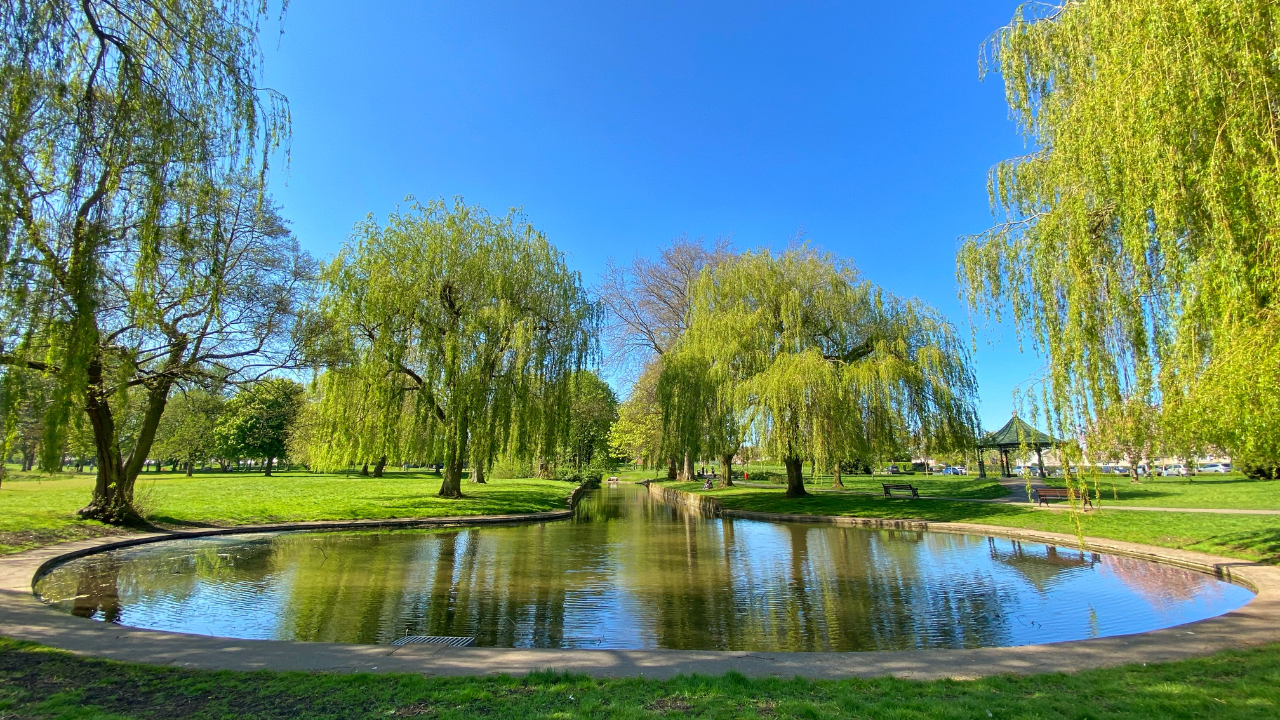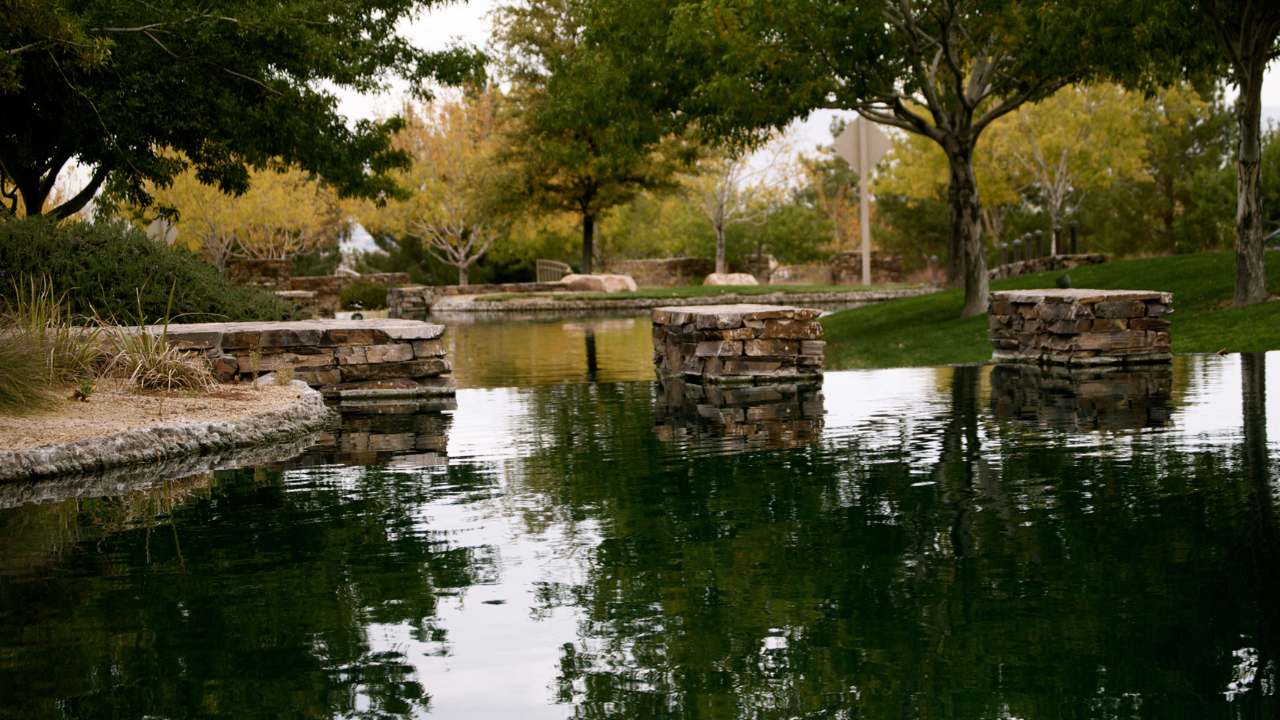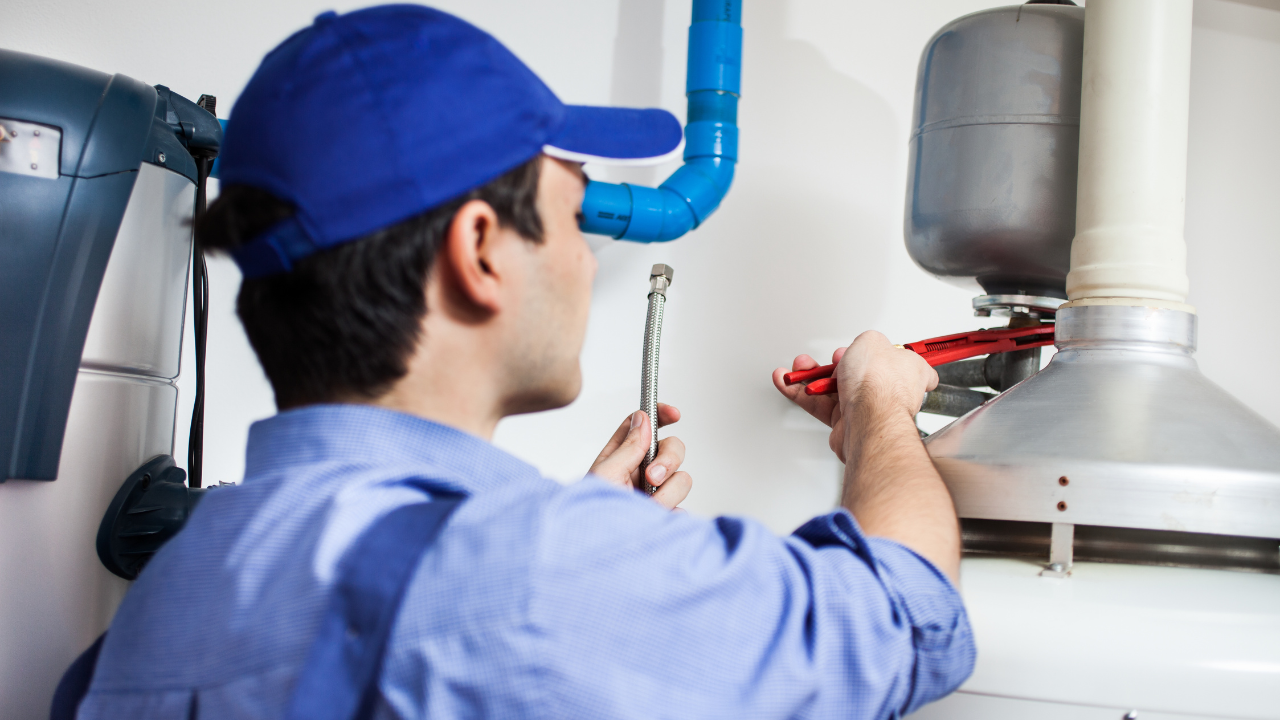Blog
Stay up to date with all the latest community association industry news. Subscribe to this blog and receive notifications of new posts by email here
When to Re-pipe Your Community and How to Fund It

By Eric Lecky
As Every Community manager and community association leader knows, building components begin to fail as they age—and your pipes are no exception. Depending on the material, a building’s pipes may begin to develop age-related cracks and leaks within a few decades of installation, sometimes less.
The question then becomes: When do you repair the pipe and when do you replace the entire piping system?
KNOWING WHEN TO RE-PIPE
Based on estimated useful life tables, some piping materials may begin to fail after 30 years, while others may not show signs of age until 50 years. Because pipe replacement is expensive, you could start assessing your piping systems periodically when your building reaches 20 years old, giving yourself time to reserve funds for a future re-pipe.
Unfortunately, most community managers and boards aren’t regularly testing their pipes, and so they first face the decision to repair or replace when their properties are already experiencing frequent leaks ...
Beyond the Water: Effectively Managing Lake and Pond Shorelines

By Trent Nelson
Imagine taking an evening walk as the sun sets across the beautiful lake or pond in your community. The sky is pink and orange, crickets are chirping, and a warm breeze blows across the water. Now, imagine looking down at the steep shoreline in front of you, finding that it’s bare, crumbling, and so unstable that you’re wary to venture to the edge. Not only is this an unsightly and even dangerous distraction, but it can make residents question the management priorities of their association and deter new homeowners from settling down in the community.
Even the most well-cared-for lakes and ponds are incomplete without regular shoreline maintenance. Preventive management is necessary to support the health and longevity of the overall ecosystem, and management efforts can vary for each part of the shoreline. However, before jumping into implementing proactive and ongoing strategies, existing erosion issues must be addressed.
The most effective solution for severe erosio...
The CID Outsiders

Co-ops, Airspace Condos, Non-DS Elections, Lake Communities, Public Facilities, and More
By John D. Hansen, Esq. & Becky Jolly, CCAM
This article is about the unusual topics that apply to common interest developments (CIDs), but are not often discussed in articles and presentations. Here we will share our knowledge and experience with those who deal with these "outsider" CIDs as we examine co-ops including mobile home parks, airspace condos, elections that do not use secret ballots, communities with water features that have unique issues, and CIDs that maintain public parks and facilities.
CO-OPS
A cooperative (co-op) is one of four CID types in California. Members and subleases are approved by committee or board through an application process. Primarily mobile home parks, they can also include condo-style developments that are similar to apartments. A member has a membership in the corporation, coupled with a right to occupy a space or residence. Members do not actually own their u...
3 Common Lake and Pond Management Misconceptions

By Trent Nelson
As An Aquatic specialist with more than a decade of experience, I’ve assisted hundreds of property managers with their lake and stormwater pond management needs over the years. Despite the diverse types of lakes and ponds they oversee, I’ve noticed that many clients have the same set of concerns or misconceptions about their waterbodies. These often come to light as we work together to design a freshwater management program. Let’s take an in-depth look at some of these common assumptions.
1. LAKES AND PONDS ARE PERMANENT FIXTURES IN THE LANDSCAPE
While lakes and ponds can be long-lasting features in our communities, they are not permanent. They fill with sediment that erodes from the shoreline or flows in during rainstorms. Weed growth and decomposition may lead to the development of muck. And trash, tree branches, and other pollutants can build up over time.
The aging of a lake or pond is a natural phenomenon, but can be highly accelerated through human activity a...
Water Heater Leaks

Common, Costly and Concerning
By Steven Fielding
THE GOVERNING BOARDS of condominium associations worry about many things. Reserves, rules enforcement, insurance costs, maintenance, pets, parking, and COVID are on a long list of things that keep trustees and association managers up at night. Water heaters probably are not, but they should be. Here are a few hard – or soggy – facts:
- Water damage is one of the two leading property damage risks faced by homeowners, representing nearly one-third of all homeowner claims filed annually, exceeded only by wind and hail damage.
- One in every 50 insured homeowners files a water damage claim every year; the average claim cost is about $7,000, adding up to more than $2.5 billion in insured losses annually, according to the Insurance Information Institute.
- There are no statistics on how many of those claims are attributable to water heaters, but 75 percent of all water heaters will fail – usually without warning – within 12 years of their purch ...
Leading Five Generations in the Workplace

By Kelly Zibell, AMS, PCAM
Demographic changes are taking place both in the workplace and in community associations. Seventy-five percent of the workforce will consist of millennials by 2025, but more than 97 percent of homeowner leaders are traditionalists, baby boomers, and Generation Xers, according to an analysis from my company. This means that strategies for leading employees and working with residents and homeowner leaders should take generational differences into consideration.
Each generation in the workplace or in a community – from traditionalists to Generation Z – has distinct work or volunteer motivations, aspire to diverse career goals, and require specific types of communication, engagement, and management styles. The table shows a summary of attributes that distinguish each of these five generations.
Management company executives and association boards must learn how to address the changing needs of a multigenerational workforce or membership to ensure they remain co...
Kids in Parking Lots

A Quick Look At Safety And Fair Housing Rules
By Ellen Schuster, Esq.
THE IDEA OF kids playing in parking lots makes directors and managers wince – and for good reason. The potential for injury evokes concerns about safety and association liability issues. But boards must balance these concerns with restrictive rules that may violate fair housing laws.
Like landlords, associations have the duty to protect residents from foreseeable risks of harm. Frances T. v. Village Green Owners Association (1986) 42 Cal.3d 490.1
It is foreseeable that people – especially children – who play in areas where cars are driving may be hit and injured by a car. This means that the association may have a duty to protect people from the risk of being hit and injured by a car. To meet this duty, many boards adopt rules prohibiting play or recreation and requiring children to be supervised by adults when in common area parking lots. Sounds simple enough, right?
Simple solutions become complex when fair h...
The Neighbors are Watching

By Kristin Amarillas, CMCA, AMS, PCAM
CRIME IS ON the rise throughout California. This is not a general statement; it is a fact that has been shared with community managers throughout the state by local law enforcement. And it is not the first time we have heard this; in fact, we hear it every year. Since crime is regularly on the rise, we need to take steps to assist us in living with it in a way that will best prepare the community from being a target.
With so many options to address crime prevention, it can be difficult to decide how to proceed, especially when some are costly or require a good deal of labor and follow-up to be impactful. The truth is, the best crime prevention programs will always require a great deal of labor. If the efforts implemented are put in place and then left to be autonomous, they will become ineffective or disarmed quickly.
Gates, cameras, security (courtesy patrol, stationary, or armed guards), lighting, and a neighborhood watch program are the most...
Watching You, Watching Me

By Melissa Bauman Ward, Esq.
When it comes to surveillance cameras – both for associations and members – policy considerations should be examined carefully.
SURVEILLANCE CAMERA SYSTEMS FOR ASSOCIATIONS
The presence of surveillance cameras in homeowners associations is not uncommon. Cameras are used for everything from crime deterrence to creating evidence of crimes (particularly theft and destruction of property) to figuring out who is leaving furniture by the dumpsters or not cleaning up after their dog. The predominant issue revolves around a member/resident’s right to privacy.
COMMON AREA PLACEMENT
Surveillance cameras typically point toward the common area, including the sidewalks, parking areas, driveway areas, landscaped areas, trash enclosures, and other recreational areas. Because anyone walking on the common area past the cameras will be caught on tape, so to speak, and will have their likenesses recorded, there is concern that their privacy will be violated as a result....
Consistent Lake Management Helps Create Happier, Healthier Communities

By Noel Browning, Aquatic Biologist at SOLitude Lake Management
Lakes, rivers, beaches, and even swimming pools have beneficial effects on the well-being of visitors that are hard to define. Water is not only essential for our survival, it has a profoundly relaxing and refreshing impact on people’s mental health and happiness. Human beings will always be inextricably connected to water physically, mentally, and spiritually. This helps explain why communities near large water systems are common vacation destinations and highly desirable places for residential communities. It also underscores the importance of preserving our precious aquatic resources.
Maintaining balanced aquatic ecosystems is more important than ever as water scarcity, eutrophication, drought, and increasing demand continue to cause depletion and degradation of water quality worldwide. Water pollution can lead to harmful algal blooms, toxicity, nuisance and invasive aquatic weed growth, bad odors, and taste issues in...
